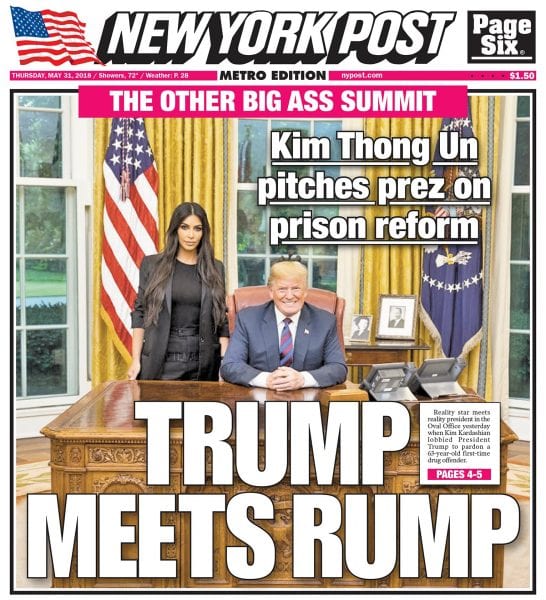ANALYSIS: Trump’s ‘Syraqistan’ strategy is a success — and a failure.
The centerpiece of the new campaign has been simple. “I would bomb the sh*t out of them,” as then-candidate Donald Trump explained in November 2015 of his intended strategy against ISIS. Indeed, he has. According to the U.S. Air Force, 29 percent more munitions were dropped by U.S. aircraft on Iraq and Syria in 2017, the first year of Trump’s presidency, than in 2016, the last year of Obama’s presidency.
Trump has also struck a fine balance post-ISIS. He has wisely resisted calls to flood Syria with U.S. troops, even as he has remained willing to strike at Bashar al-Assad’s regime for egregious atrocities — a position the U.S. public supports. Recent polling by the Chicago Council on Global Affairs, for example, finds that seven-in-ten Americans support future airstrikes in Syria if Assad uses chemical weapons again.
War yields no shortage of suffering and destruction. All things considered, however, Iraq and Syria have gone well for Trump, and he has been widely credited for as much. But less acknowledged is that the president has employed a nearly identical strategy in Afghanistan. If anything, in fact, the campaign in Syria and Iraq has been the more restrained effort.Two-and-a-quarter times more munitions were dropped by U.S. aircraft on Afghanistan in 2017 under Trump than in 2016 under Obama, according to the U.S. Air Force. Trump has, in short, let slip the dogs of war, and bigly. After all, the president wasn’t shy about using the military’s most powerful non-nuclear bomb, the GBU-43/B Massive Ordnance Air Blast bomb, in Nangarhar province in April 2017, reportedly killing nearly a hundred. Nor does the aggressive campaign show any signs of abating. The number of munitions dropped in April 2018 was the highest for any single month since 2012.
But if the campaign in Iraq and Syria has gone well, then Afghanistan has been a dud. The Taliban and other insurgents have more than doubled the percentage of Afghanistan’s 407 districts under their control in the last two years. Today, just 56 percent of Afghanistan’s districts are controlled by the U.S.-backed government in Kabul, down from 60 percent a year ago and 71 percent two years ago.
Afghanistan might not actually be the graveyard of empires, but it’s certainly a black hole for good intentions.

